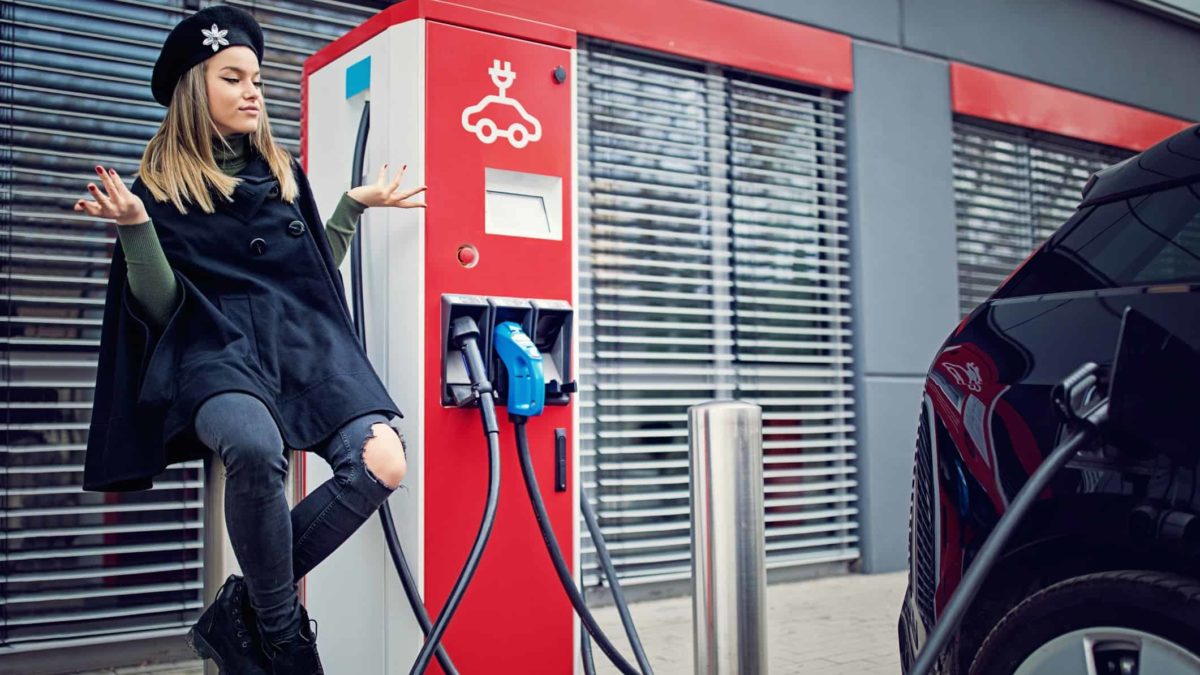It wasn't too long ago that we were reporting on a 36% price increase in Tritium DCFC Ltd (NASDAQ: DCFC) shares during March.
Two months later, investors in the electric vehicle (EV) fast-charging outfit hailing from Brisbane are less ecstatic with the company's performance. Since 9 February this year, shares in the EV charger company have deflated 60%.
Much like other pre-profitable listed companies, the Tritium share price has been sold down amid a shift in market mood. The changing economic environment appears to have added more resistance to Tritium's metaphorical electric current.
In light of this, let's recap what's been happening under the hood at Tritium recently. Following this, we'll take a look at an opportunity that could potentially amp up the voltage for this company.
Doing deals
Looking at how the share price has performed, you probably wouldn't think Tritium has released any good news in months. Yet, the last few months have been jam-packed with developments for the company.
In April, shareholders were informed of a multi-year contract with London-based oil and gas heavyweight BP Plc (NYSE: BP). The deal is part of BP's plans to establish a global EV charging network. Initially, Tritium will be tasked with delivering an order of just under 1,000 chargers across the UK, Australia, and New Zealand.
Additionally, an announcement landed in May revealing an additional 250 chargers ordered by Osprey. This marks the second order from the United Kingdom EV charging network operator with the region expected to require between 280,000 to 480,000 charging points by 2030.
Speaking on behalf of Osprey, CEO Ian Johnston stated:
As an independent charge point operator, we have the freedom to work with the very best hardware companies so that we can provide the very best experience for our customers… Tritium is an instrumental partner in helping Osprey deliver on our goal of creating a high-quality, inclusive, reliable charging network that's worry-free and accessible for all.
In spite of these announcements, Tritium shares have suffered as sentiment wanes on the more speculative end of markets. For the 12 months ending 30 June 2021, Tritium lost US$63.1 million on the bottom line.
A jolt of momentum for Tritium shares ahead?
Regulation is playing a role in fuelling the rollout of EV chargers amid a world more conscious of carbon emissions. As such, the Tritium share price can be influenced by regulatory changes that aid or block the electric trend.
Recently, the European Parliament has thrown its support behind an EU-wide ban on new fossil fuel-powered vehicles from 2035.
While the law is not yet final, it hints at a potential future where vehicle manufacturers will need to focus their attention on EVs. In such a world, Tritium shares might be positioned to benefit from heightened demand for charging stations.









